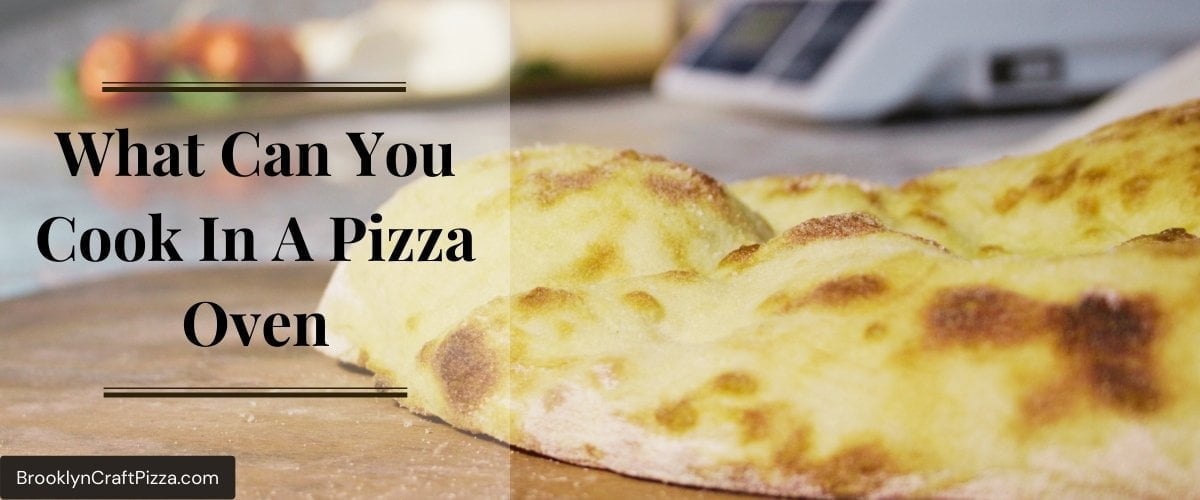You don’t have to be a professional chef to make a delicious pizza at home. In fact, with a few simple ingredients and a little bit of creativity, you can make a pizza that’s even better than what you’ll find at your local pizzeria. And one of the best things about making pizza at home is that you can get creative with the toppings. So if you’re looking for something a little different, why not try using basil?
Checkout this video:
Introduction
Basil is a common herb that can be used in many dishes, but it is especially good on pizza. It has a unique flavor that goes well with the other ingredients in pizza, and it can add a nice bit of color to the dish. If you are looking for a new way to use basil, try adding it to your next pizza.
What is Basil?
Basil is a perennial herb that is used in many different cuisines. It has a sweet, peppery flavor and is often used to flavor pizzas, pastas, and other Italian dishes. Fresh basil leaves can be added to salads or used as a garnish. Dried basil can be found in the spice aisle of most supermarkets.
The History of Basil
While the historical evidence for the use of basil is somewhat scant, there are records that indicate that the herb was being grown in Greece as early as the fifth century BCE. It is also known that the ancient Romans used basil, though it is not clear when they began to do so. The Roman naturalist Pliny the Elder (23-79 CE) noted that basil was considered an aphrodisiac by the people of his day, a claim repeated by later herbalists. The herb was used medicinally and believed to relieve a number of ills and disorders including indigestion, snakebite, and toothache; it was also used as a insect repellent.
How to Use Basil for Pizza
home pizza-lovers often have difficulty recreating the taste of authentic pizzeria pizza at home. One of the secrets to success is using fresh basil leaves as a topping. Here are a few tips on how to use basil for pizza:
1. If you are using fresh basil, wash the leaves and dry them thoroughly. You don’t want any water on your pizza, as it will make the dough soggy.
2. Chop the basil leaves into small pieces, or tear them into smaller pieces if they are too large.
3. Add the basil leaves to your pizza after it has been cooked, not before. This will ensure that they retain their flavor and don’t get overcooked.
4. Use a light hand when adding basil to your pizza, as too much can overwhelm the other flavors. Start with a small amount and add more if needed.
The Benefits of Basil
When it comes to pizza, there are a few key ingredients that can make or break the dish. One of those ingredients is basil. Basil is a delicious herb that can add a lot of flavor to your pizza. It can also have some health benefits.
Basil is a good source of vitamins A and K. It also contains antioxidants and anti-inflammatory compounds. These compounds can help to boost your immunity and fight off infections. Basil can also help to improve your digestion and reduce bloating.
If you’re looking for a way to add more flavor to your pizza, try using basil. You may be surprised at how much of a difference it can make.
The Different Types of Basil
Basil is a type of herb that is commonly used in Italian cuisine. It is known for its unique flavor that can add a lot of character to dishes. There are different types of basil, each with its own distinct flavor profile. The most common types of basil include sweet basil, Thai basil, and lemon basil.
Sweet basil has a strong, licorice-like flavor that is perfect for pesto and other Italian sauces. Thai basil has a more pungent flavor with notes of anise and cloves. Lemon basil has a citrusy flavor that can be used to brighten up any dish.
How to Grow Basil
If you love pizza, you know that there’s nothing quite like the taste of fresh basil. Fortunately, it’s easy to grow your own basil so you can have it on hand whenever the mood for pizza strikes!
Basil is a tender, annual herb that grows best in full sun. It can be started from seed or transplanted from a nursery. If you start from seed, sow the seeds indoors about 6-8 weeks before your last frost date. Transplant the seedlings outdoors after all danger of frost has passed and the soil has warmed.
Space basil plants about 18 inches apart in rich, well-drained soil. Water regularly, especially during dry periods. Fertilize every few weeks with a half-strength solution of all-purpose fertilizer.
Basil is ready to harvest when the plants are 6-8 inches tall. Cut off the top 2-3 inches of growth to encourage bushier growth. You can dry or freeze basil for future use, or use it fresh in pesto or other Italian dishes.
How to Store Basil
Basil, like other herbs and leafy greens, should be stored in the fridge. But unlike other herbs, which can last for a week or more stored this way, basil is more delicate and perishable. For the longest shelf life, store basil in a glass of water (trim the ends before placing it in the water) on the counter or windowsill away from direct sunlight.
The Nutritional Value of Basil
Basil is an herb that is commonly used in Italian cuisine. It is a member of the mint family and has a distinct flavor that can enhance the taste of both savory and sweet dishes. Basil is also known for its nutritional value, as it is a good source of vitamins A and C, calcium, iron, and magnesium. In addition to being used as a culinary herb, basil has also been used for medicinal purposes throughout history.
Conclusion
As you can see, there are many ways to use basil for pizza. You can use it as a pizza topping or cook it with the pizza sauce You can also add it to the dough or use it as a garnish. Whatever way you choose to use basil for pizza, you’re sure to enjoy the delicious flavor it adds to your favorite dish.



